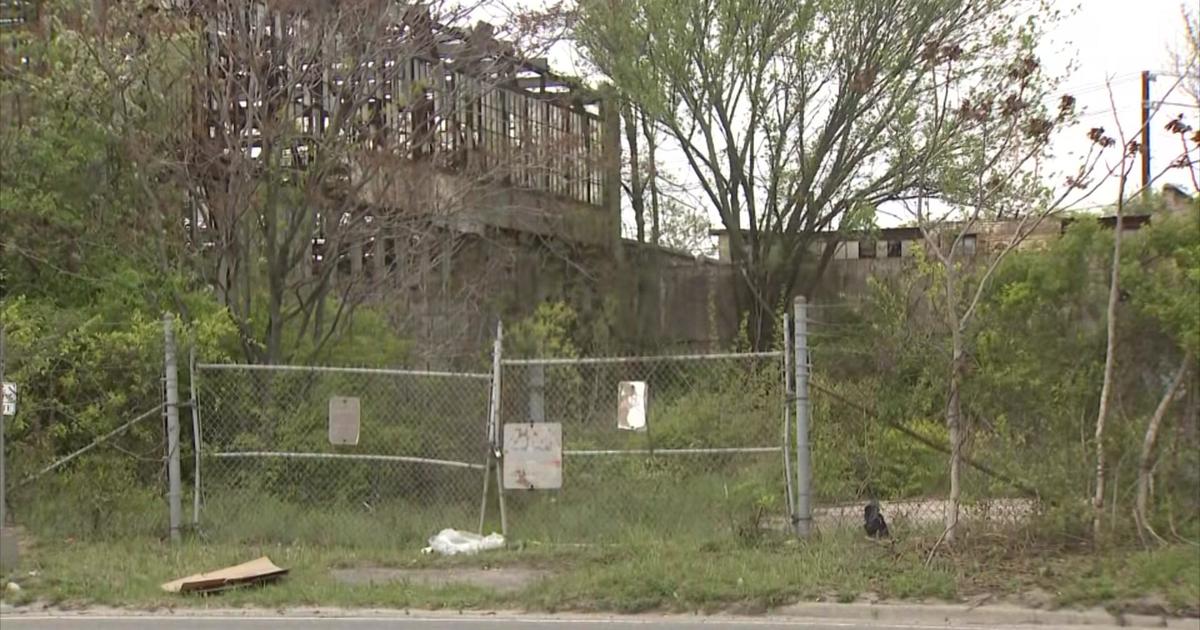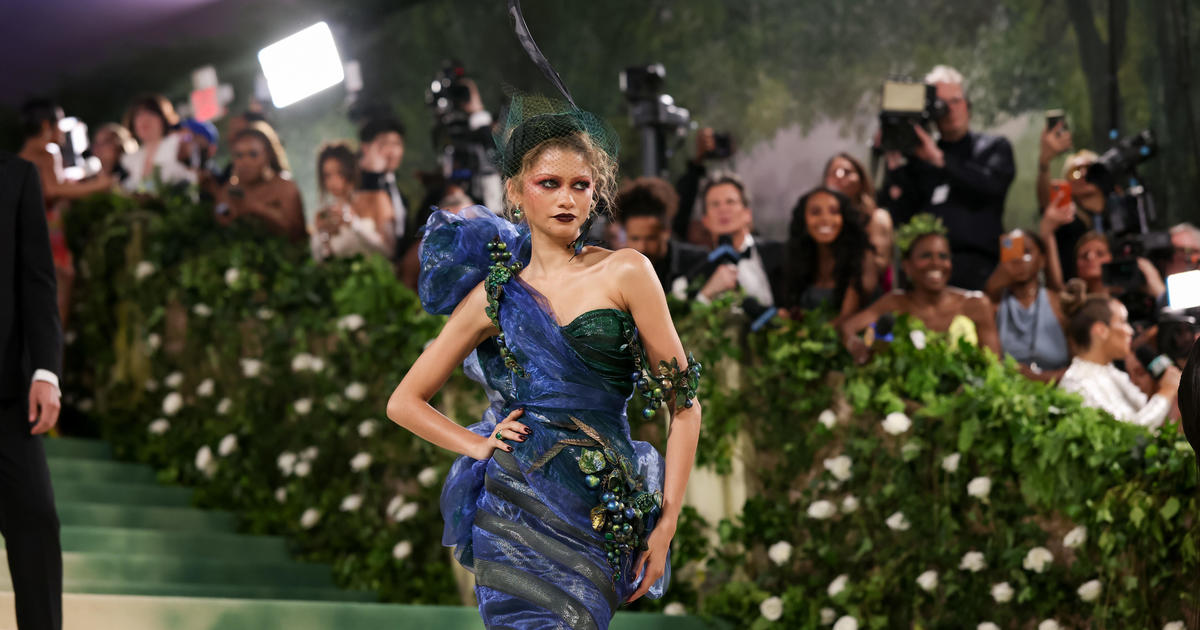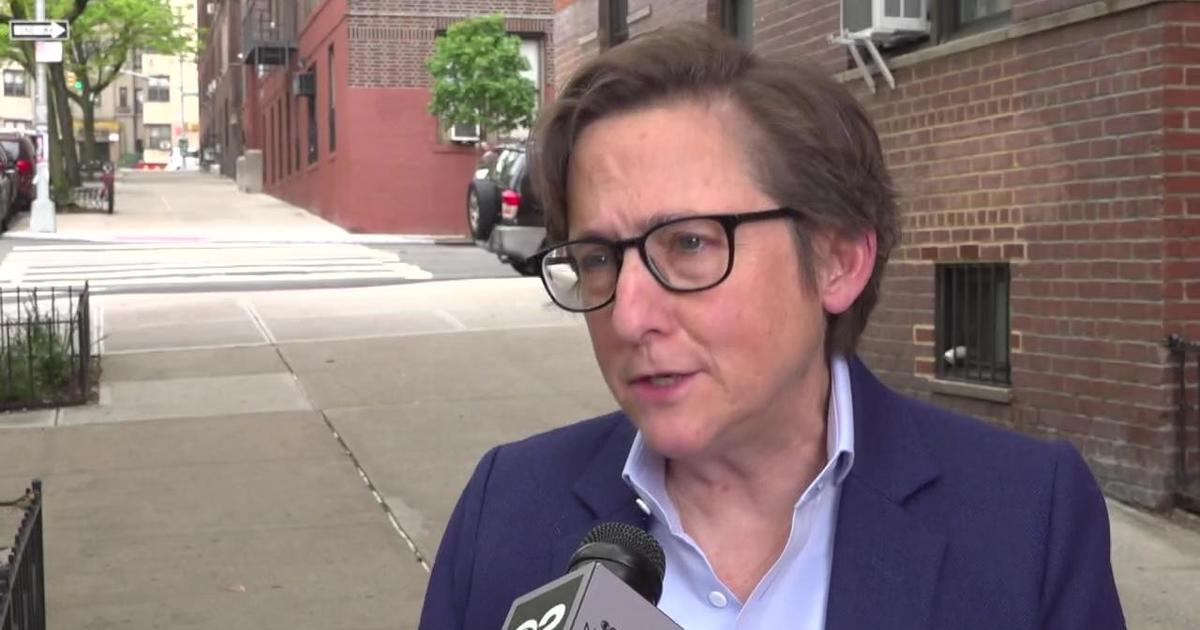NY Sculptor Seeks Home For Tribute To Victims Of Pan Am Flight 103 Terror Bombing
GARDEN CITY, N.Y. (CBSNewYork/AP) -- After her son, Alexander, was killed along with 269 others in the 1988 Libyan bombing of Pan Am Flight 103 over Lockerbie, Scotland, artist Suse Lowenstein spent the next 15 years capturing the anguish of women whose relatives died in the terrorist attack.
Having experienced the grief herself, she created 76 larger-than-life-sized figures of nude women grimacing, tearing at their hair, crying in rage or collapsed in agony at the moment they learned of their loved one's loss.
Lowenstein, who lives in Montauk, N.Y., on the far eastern tip of Long Island, has the massive sculpture, called "Dark Elegy," on display in her backyard garden. Visitors, including children on school trips, stop to visit from time to time. But she yearns for her artwork to have a more public home.
The Germany-born artist and her husband received $10 million from Libyan leader Moammar Gadhafi's government as compensation for their son's death. She said she's willing to use it to cast the sculpture -- now made of synthetic stone over a welded steel armature -- into bronze so it can be shared with the world. She estimates it would cost about $4 million to bronze the artwork, which is about 65 feet in diameter.
"It just needs a home," she said this week. "These are the actual victims of terrorism, created by someone who was part of it. I am not someone looking into their grief. I am in it."
Gadhafi was killed two weeks ago, apparently by revolutionary forces, two months after being ousted following 42 years in power, and Lowenstein confessed she was surprised she wasn't more emotional when she learned of his death.
"I was very glad that it was his own people who took care of it," she said. "I think it was a very appropriate end for him."
In 2008, Lowenstein sought to have the sculpture placed in Washington as a memorial to victims of all types of terrorism. But an advisory board overseeing memorials there unanimously rejected the idea; commission members unanimously said they feared the nude statues might offend some people's sensibilities, invite coarse vandalism and might be too specific to Lockerbie.
"It was very sad that any individual felt that it would be lewd," Lowenstein said. "It's not sexually explicit. It's just not there."
The figures, she insisted, are intentionally unclothed.
"When terrorism strikes and it kills your son, or your husband or your wife, everyone is stripped truly to the same level. There is no skin color; there are no rich people or poor people. All people are stripped to the same level of humanity," Lowenstein explained.
She said when schoolchildren visit and see the nudes, there is a bit of nervous laughter at first. "But as soon as we explain the meaning, they absolutely understand."
The idea for the sculpture grew out of meetings of Pan Am 103 survivors following the 1998 crash, Lowenstein said. "There was one woman who was always so dignified in grief. I asked if she would participate and she really liked the idea. Then another woman overheard us and wanted to join in. It dawned on me that it would be incredible to get as many people as possible to participate."
She declined to identify her models, seeking to protect their privacy.
"These were mothers, grandmothers and sisters; everyone was invited but only the women responded," she said.
She said that the men might have had a harder time showing their emotions and were more concerned with seeking justice.
"It was never my choice to make it just about women, but it turned out that way," she said.
Finally, on Sept. 11, 1991, Lowenstein decided to formally dedicate the still-unfinished sculpture as a memorial to terrorism. Ten years later to the day, of course, terrorist attacks killed thousands in New York, Washington and Pennsylvania.
"Little did I know on that day in 1991 how many more like me there would be," she said.
Lowenstein recalls her son Alexander, a 21-year-old English major at Syracuse University who was traveling home after a semester studying in London when he died. She remembers him as a "very `sunshiney' kid, a very positive young man." She said he enjoyed surfing in his seaside community in Montauk. "He was always in the water."
Only after his death did she learn that he had worked as a volunteer delivering food to the elderly and that he had decided while in London to study psychology.
"He had a gift with young people; they had no trouble opening up to him. He was a good listener," she said.
A few weeks before he was to return home, Lowenstein said she felt she needed to see her son, so she packed a suitcase and spent "an incredible week" seeing the sights of London, visiting theaters and a museum. Finally, she took him to her hometown of Hamburg and introduced him to relatives.
They parted at the airport in Hamburg. He returned to London and she came home to New York. "He was dead a week later," she said.
Her memorial sculpture has been displayed temporarily on Long Island, in New Jersey and at her son's alma mater in Syracuse, but Lowenstein longs for it to find a permanent home. Her preference is New York City "because it is such an international place and this would be an international statement," but she understands there is much bureaucracy to overcome. She declined to be specific on discussions she has had on finding a permanent site, but emphasized she would finance whatever costs associated with placing it somewhere.
The city's parks already have more than 1,000 monuments, including commemorative tablets, historic markers, decorative fountains, memorial flagstaffs, statuary and architectural ornament, according to the parks department. Most were donated to the city. Artists must go through a thorough approval process, starting first with the parks department. Then an art commission reviews all projects and grants approval or disapproval.
Factors including the appropriateness of the subject, the compatibility with the landscape, aesthetic merit, as well as safety and maintenance are considered before approval. No trademarked or commercially licensed displays are permitted.
"Any sculptor would love to have their work on display in the New York City area, so I understand that this can be a difficult thing to accomplish," Lowenstein said. "We're looking for a public site in which all people have access. This sculpture is universal. It needs no language. My hope is to find such a place."
Please leave a comment below...



